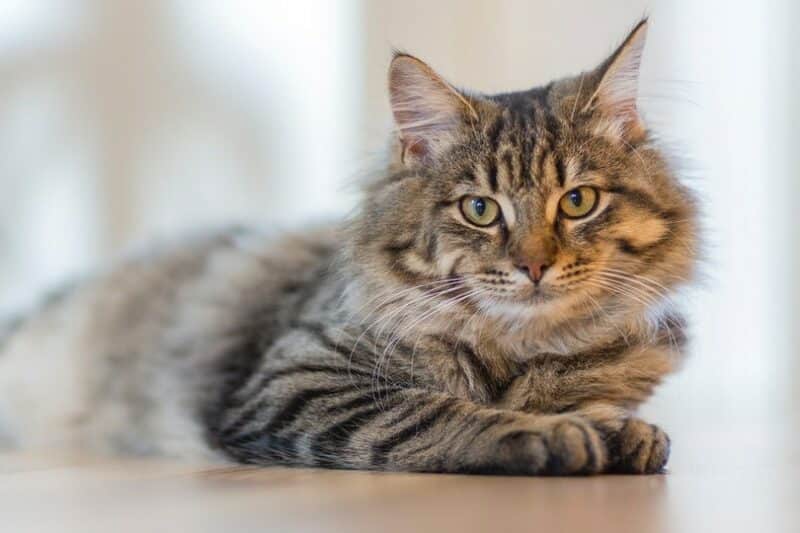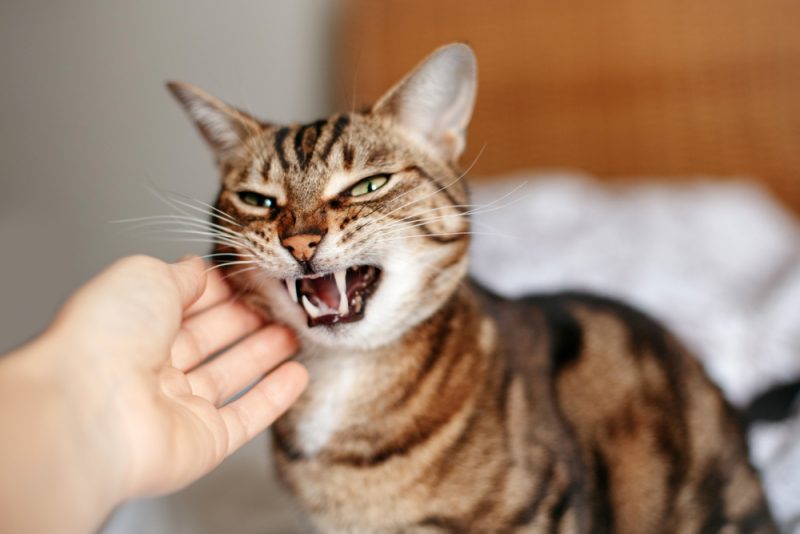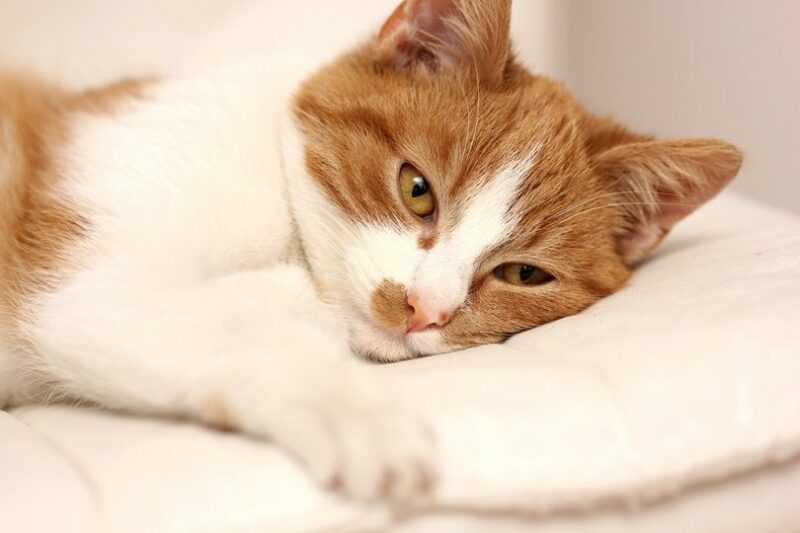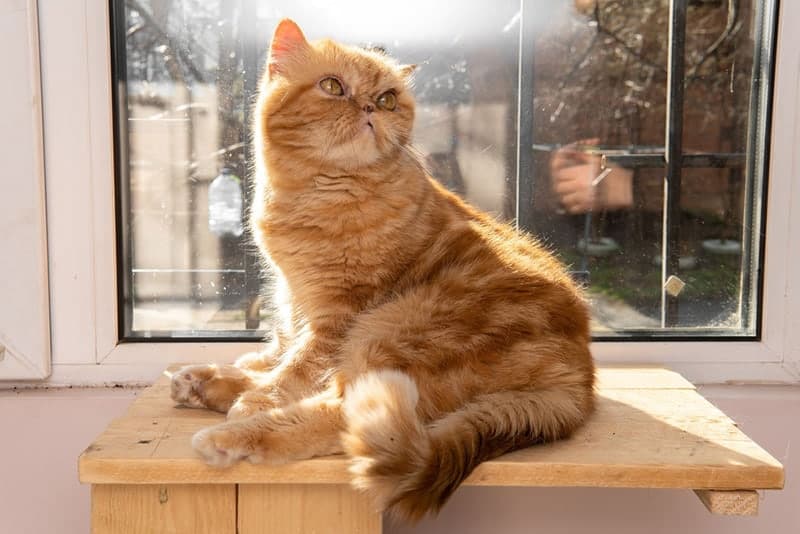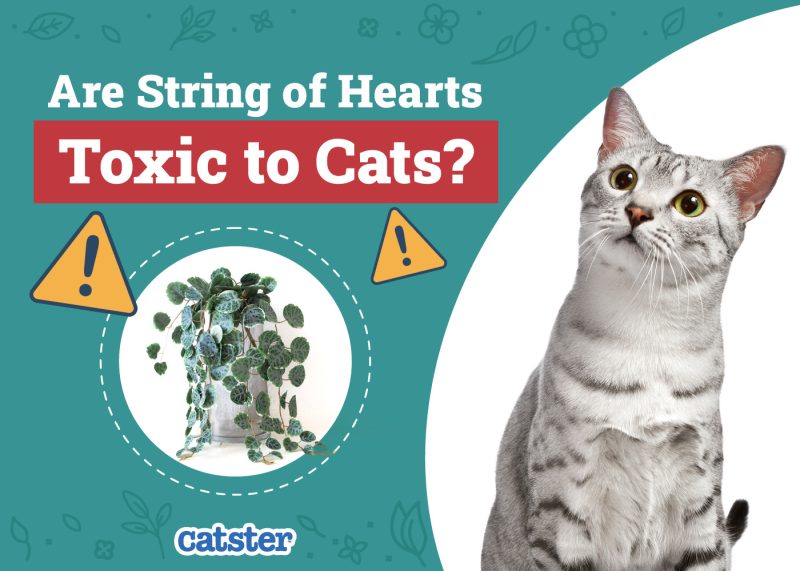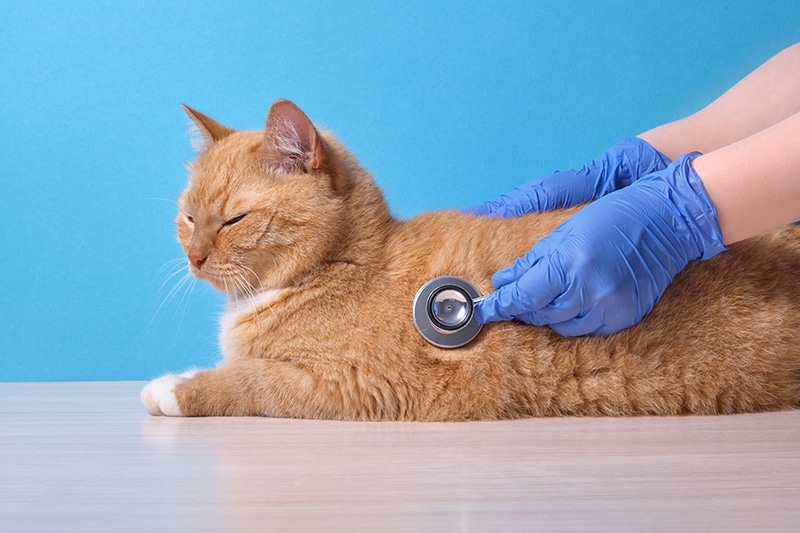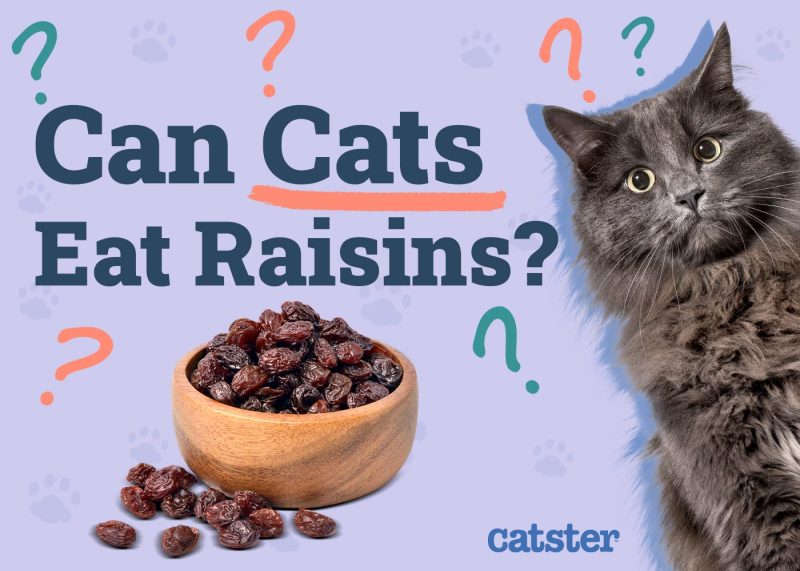We all know that cats like to be warm and cozy, whether they’re curled up in a donut bed or splayed out in front of a fireplace. It’s not uncommon to spot your cat spread out in a sunbeam, even during the hotter parts of the summer. But what is the right temperature for your cat? Knowing the ideal temperature for your cat will help you keep your cat at a temperature that’s safe and comfy for your kitty. The optimum ambient temperature for most cats is 77–86°F (25–30°C). However, most healthy adult cats can tolerate temperatures below this range within reasonable limits.

What Temperature Do Cats Like?
Cats have a higher baseline body temperature than humans, typically running between 100–102.3°F (38–39.1°C). The ideal temperature for your home to be kept at to keep your cat comfortable would be between 77–86°F (25–30°C).
In addition, most healthy adult cats can easily adjust to living in a home that stays as cool as 59–68°F (15–20°C). On the warm side, cats can tolerate temperatures up to 100°F (38°C). However, cats tolerate slightly colder temperatures better than slightly warmer ones.
Though these temperatures are applicable to most cats, please be mindful that there are exceptions to these guidelines:
- Cats that are underweight or unwell likely cannot tolerate lower or higher temperatures, as well as healthy cats.
- Young kittens or senior cats may struggle to keep warm as temperatures drop.
- Cats with osteoarthritis usually don’t appreciate colder temperatures.
- Pre-weaned kittens (under two months of age) cannot tolerate low temperatures. They also cannot tolerate being overly warm. They have strict temperature requirements depending on their age.
- Cats with a single or no coat have poor cold tolerance compared to double- or triple-coat breeds.
- Cats with a large area of their fur shaved may be unable to keep warm, as fur plays a major role in thermoregulation.
- Cats have poor temperature tolerance when wet, such as right after a bath.
- It is a misconception that cats with sparse or no hair, such as the Sphynx, should spend extra time in the sun to keep warm. These cats can easily sunburn when exposed to the sun for long periods.
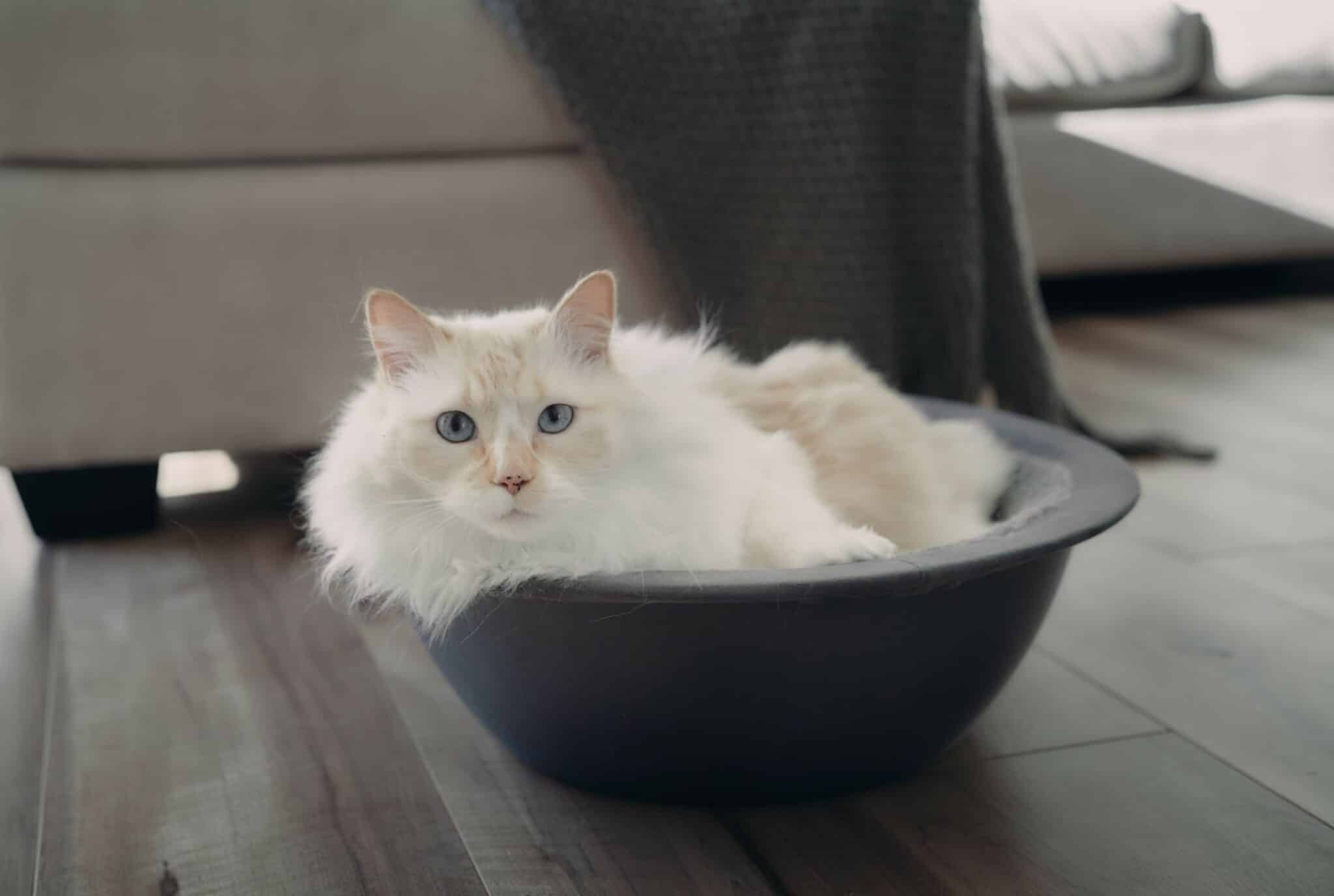
How to Provide Comfortable Spaces for Your Cat
If you keep your home on the cooler side, it’s important to provide warm spaces for your cat to spend time. This is especially important if you observe the following signs that your cat might be cold.
- Your cat is shivering.
- Your cat is sitting on all fours, with their feet held close to their body, their tail wrapped near them, and their fur slightly raised.
- Your cat’s extremities feel slightly cool to the touch.
- Your cat is seeking sources of warmth, like a blanket, bed, lap, etc.
Keeping a couple of blinds in your home open will allow warm sunbeams to come in, providing your kitty with a nice space to stretch out. You should also provide cozy beds, blankets, and even heated pet beds to ensure your cat has warm options in safe areas.
Conversely, if your home is too warm for your cat, they may show signs of discomfort, too.
- Your cat is looking for shady places to hide.
- Your cat is lethargic or spends their time hiding in a shady area, excessively grooming themselves.
- Your cat is lying flat on a cool surface (such as floor tiles).
In this scenario, your cat should have cooler areas to spend time in case they get too warm. Tile and wooden floors often stay cool enough to help your cat cool off on a warm day. Cooling mats and raised beds are good options for keeping your kitty cool. Turning on the air conditioner or a fan is also recommended to help keep your cat comfortable.
How Do I Know if My Cat Is Too Warm?
Like people, cats sweat. However, they sweat through their paws and not their entire body, so sweating is often not enough to cool cats down. If your cat is sweaty, they may leave damp pawprints around the home, so keep an eye out for this if your house seems particularly warm. If your cat is panting or showing other extreme signs of heat stress, reach out to a veterinarian.
If you need to speak with a vet but can't get to one, head over to PangoVet. It's an online service where you can talk to a vet online and get the advice you need for your pet — all at an affordable price!

Conclusion
Cats have a flexible ambient temperature range that’s very easy to establish in most homes. It’s important to provide a warm home or warm spaces for your cat to spend time. They should also have the option to leave warm areas for cooler spots if they get too hot. Keeping an eye out for signs of heat stress and heat stroke if the temperatures in your home reach excessive temperatures is important for keeping your cat healthy and safe. If you’re unsure if your cat’s body temperature is maintaining an appropriate level, you should have your cat seen by a veterinarian to ensure everything is okay.
Featured Image Credit: Inge Wallumrød, Pexels
